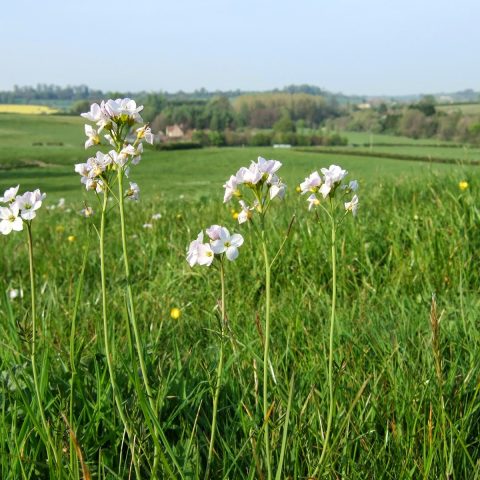The CANN Project's Story
One of the most significant pieces of work that Collaborative Action for the Natural Network (CANN) is undertaking is the re-wetting of our Special Area of Conservation (SAC) bogs.
We need to map the water levels within the bogs to help us identify which drains are the most important and plan the blocking. We use airborne LIDAR to see the distribution of historic drains that are spread across the bogs. We also need to monitor water levels after the work, to directly measure the benefits our restoration work is having on the sites. In a healthy bog, the water table should be at least 10cm from the surface for 90% of the year. When water tables are low, sphagnum moss cannot grow and reproduce, and the bog slowly dies.
We won't be there to observe the changes in the vegetation composition towards a healthy, wet peatland community after drain-blocking (this will take years). However, a rise in the water table within the lifetime of the project shows us that these systems are well on their way to recovery.
On Cuilcagh (Cavan, Leitrim and Fermanagh), we will be placing almost 300 peat dams. We must measure the water table in every season, so we go up the mountain and out on the bogs every month to take manual readings (rail, hail or shine). We also have automatic piezometers in place which take a water table reading every 15 minutes. Our consultants on this project RPS Ireland, will analyse this data to determine the impact of our work before the end of the project.
Overall, on the 14 raised bogs in the eight SACs that Ulster Wildlife is working on for CANN, we will be installing several thousand dams. Different types of dam are being used. Peat dams, such as those at the Cranny Bogs around Fintona, are built by digging out wet peat from below the bog surface and packing it into the drains to create watertight dams that stop the flow of water in the conduit and raise the water table up close to the surface. This work started early in 2020 and was not helped by the wettest February on record which made using a 12t digger very challenging. The work could not be done without bog mats: although they weigh nearly half a ton each, they spread the weight of the digger across a much larger area like a giant digger bog-snowshoe!
The works have been a real success so far and water built up behind the dams quickly, even after several weeks without rain in summer they were still full of water. On a small number of sites, like Peatlands Park in Co Armagh, we are installing plastic dams, and at one location, Garry Bog near Ballymoney, the most significant drains will be blocked with combined peat and timber dams. These dams are also being installed on a cross-border SAC at Sliabh Beagh, in Monaghan, Cavan and Fermanagh led by Monaghan County Council.
The drain-blocking aims to keep the high bog as wet as possible, so peat formation can happen, thus locking up carbon and keeping the habitat as wet as possible for plants and animals.
Useful Learnings from The CANN Project
Land management for re-wetting bogs is expensive in terms of manpower, machinery and expertise. Our project is large and has large outputs and we have a broad partnership of local authorities, academic institutions, charities and government departments to help us deliver our management plans and practical conservation outcomes.
The only way to deliver on such a scale is through international funding. Our project is funded by the EU INTERREG VA project managed by SEUPB and match funded by the three governments and without this significant backing, it would be impossible to deliver. However re-wetting can be done on a smaller scale on small bogs within communities, the Abbeyleix community bog in Ireland is one inspiring example.
Delivering our programme of training workshops, events and seminars using online technology such as Microsoft Teams and Zoom has enabled us to reach far more people than we could ever have supposed possible, and has enabled us to attract attendees from a far larger geographical range. However, the face-to-face consultation with landowners (over the kitchen table with a cuppa) that helps deliver changes in land management remains very important too!
The CANN Project's Metrics
Hectares of land re-wetted, sustainable grazing regimes installed, vegetation clearance, alien invasive clearance.
Ornithological breeding and wintering surveys, plant and insect surveys.
Number of people at events, workshops, seminars and information sessions.
Number of people who benefit from reduced flood risk on Sliabh Beagh alone using catchment.







